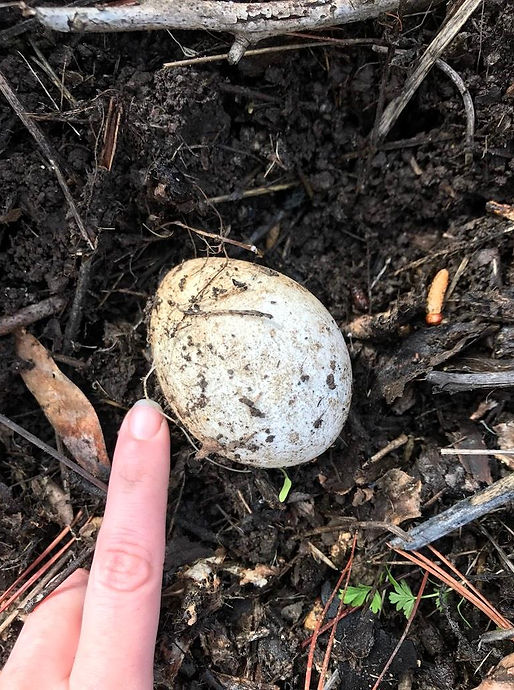
California Native Plant Society
in collaboration with East Bay Municipal Utility District
March 7, 2018
Dear Skyliners,
Besides the TV and radio hubbub this week, we had two more good workdays up at Skyline. We've been weeding and doing touch up with vinegar to get ahead of the April rush when everybody and their dog will be flowering and trying to spread their seeds. Combining Wednesday and Sunday, we had a total of 16 people out and we weeded big sections of the Plateau. Welcome to David, James, and Naomi.
We'll have regular days this week: Wednesday at 2 and Sunday at 9:30 am. Please let me know if you can make it.
The wildflowers are really starting to pop now. I think we've easily got a dozen species in first bloom.
Here's a little treasure called California Saxifrage (Micranthes californica):


These white flowers are on stalks about a foot high. They grow on north slopes, around rocks and such ('saxifrage' means 'rock breaker'). They have a rosette of almond-shaped leaves at the base. Like Shooting Stars, Buttercups, and host of other wildflowers, they dry up and go completely dormant in the dry season, resting there as little roots and pips that look like like tiny, bent brown twigs. But here there are now, right along the trail. Thanks to Naomi for the photo.
Mule's Ears are coming up all over. Here's a whole cluster of leaves:
Such promise, and energy. Thanks to Francesca for this.
And here's a flower:




Happy days are here again. Thanks to Josh for this. Also, thanks to Josh for researching and finding the Pomo Indian name for Hound's Tongue - it means 'Coyote Ears.' Now that's a keeper!!
We also found some interesting mushrooms. These are called Earth Stars:
Look at all of them! These are actually a kind of puffball mushroom and at first they first pop above ground looking like leathery, white eggs. Then, they split open to create the brown star points. In the middle is a cup that holds the spores. One mushroom can produce a billion spores. That's how nature does it, overwhelming numbers. Thanks to Cynthia for this.
Speaking of eggs, look what we found on Sunday. A group was clearing thistles on the steep Chute area just south of Diablo Bend. Down in the duff, there was this:
Perhaps a giant Sea Turtle climbed up the ridge and laid an egg. More likely, this is from a Wild Turkey. There are plenty of Turkeys in the area and they are ground nesters. Any birders out there who can give a positive ID? Thanks to Charlotte for the find and the photo.
Finally, the Trillium are starting to bloom now along the Skyline trail south of Steam Trains. They are some of the best wildflowers and the Trillium display along the trail is one of the best in the East Bay. Here's a group of them under Bay Trees (this a bit off trail):
I count six plants and twenty five blossoms here. You may also notice a color variation - from black-red to wine-red to lavender. This is genetic, like brown eyes and blue eyes, and the same plants will have the same colors year to year. The large leaves allow them to gather light in the deep woods. A single Trillium usually takes seven years to flower from seed. As they get older, they send up multiple stems. Clumps such as these are a sign of very old, stable woods. Big old plants can have up to twenty stems and flowers.
Here's a close up of a lavender group:

Wildflower season, natures glorious jewels. "Even Solomon in all his glory was not arrayed like one of these."
Happy Trails,
Glen